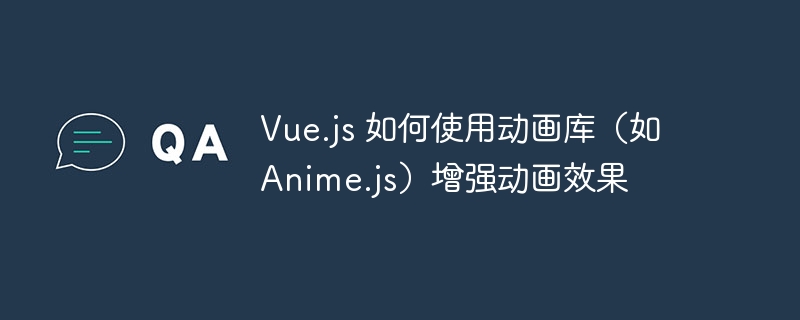随着Vue3的推出,前端开发者对于该版本中新增的API、功能以及性能提升都非常关注。其中,SetupContext函数是Vue3中重要的组件API之一。本文将为大家详细解析SetupContext函数,并结合实例让大家更好地理解其使用方法。
一、什么是SetupContext函数?
在Vue3中,组件的数据、方法等都需要通过props或者向下传递context进行访问,而这些内容都保存在SetupContext函数中。
值得注意的是,Context只在当前组件中有效,而对于其所嵌套的组件则无效。
二、SetupContext函数的参数
在调用SetupContext函数之前,我们需要定义组件的prop以及emits。以父组件为例:
// 父组件
<template>
<ChildComponent v-bind:message="message" v-bind:func="logMessage" />
</template>
<script>
import ChildComponent from "./ChildComponent.vue";
export default {
components: {
ChildComponent,
},
data() {
return {
message: "Hello Vue3",
};
},
methods: {
logMessage() {
console.log(this.message);
},
},
};
</script>在此基础上,我们需要定义ChildComponent组件的prop以及emits,在ChildComponent.vue中:
// ChildComponent组件
<script>
export default {
props: {
message: String,
},
emits: ["custom-event"],
setup(props, context) {
// ...
},
methods: {
handleClick() {
this.$emit("custom-event");
},
},
};
</script>其中,SetupContext函数一般传入两个参数:
三、通过SetupContext访问上下文内容
<script>
export default {
props: {
message: String,
},
emits: ["custom-event"],
setup(props, context) {
const handleClick = () => {
context.emit("custom-event");
};
return {
handleClick,
};
},
};
</script>在上述代码中,我们定义了一个handleClick函数,当点击按钮时,通过context.emit将custom-event事件派发到父组件中,触发父组件中监听该事件的处理函数。
在Vue2.x中,作用域插槽和父组件向子组件传递内容基本上都是通过this.$slots.xxx和this.$scopedSlots.xxx来实现的。在Vue3中,这些内容都可以通过SetupContext中的slots来访问。
parent.vue
<template>
<div>
<child>
<template v-slot:default="{ message }">{{ message }}</template>
</child>
</div>
</template>
<script>
import Child from "./Child.vue";
export default {
name: "parent",
components: { Child },
};
</script>child.vue
<template>
<div>
<slot :message="message" />
// 还可以使用
<!-- <template v-slot:default="slotProps">
{{ slotProps.message }}
</template> -->
</div>
</template>
<script>
export default {
name: "child",
setup(props, context) {
const { slots } = context;
const message = "Hello Vue3";
return {
message,
slots,
};
},
};
</script>在ChildComponent.vue的setup中,我们除了可以通过props和context访问之外,还可以通过context.slots来访问父组件传递到该组件中的插槽内容。
在上述代码中,我们将父组件传递到该组件中的插槽内容通过slotProps.message的方式传递到子组件中,最终输出的内容为:"Hello Vue3"。
在Vue3中,$vnode.data.attrs已经被废弃了,代替的是context.attrs。在该组件的setup中,我们可以通过context.attrs来访问app.vue中传递到该组件的所有属性。
childComponent.vue
<template>
<div>
<input :value="inputValue" @input="handleChange" />
</div>
</template>
<script>
export default {
name: "ChildComponent",
props: {},
emits: ["update:value"],
setup(props, context) {
const { attrs } = context;
const inputValue = attrs.defaultValue ?? "";
const handleChange = (e) => {
context.emit("update:value", e.target.value);
};
return {
inputValue,
handleChange,
};
},
};
</script>在上述代码中,我们通过context.attrs来获取app.vue中绑定在ChildComponent组件上的defaultValue属性,并将其赋值给inputValue。当然,也可以通过item = {...attrs}来获取app.vue中传递到该组件的所有属性。
四、总结
SetupContext函数在Vue3中扮演着非常重要的角色。它不仅保存了组件中的props、emits、slots、attrs等所有信息,还通过context来进行对应的访问操作。希望通过本文,大家能够更加深入理解SetupContext函数的使用方法。


